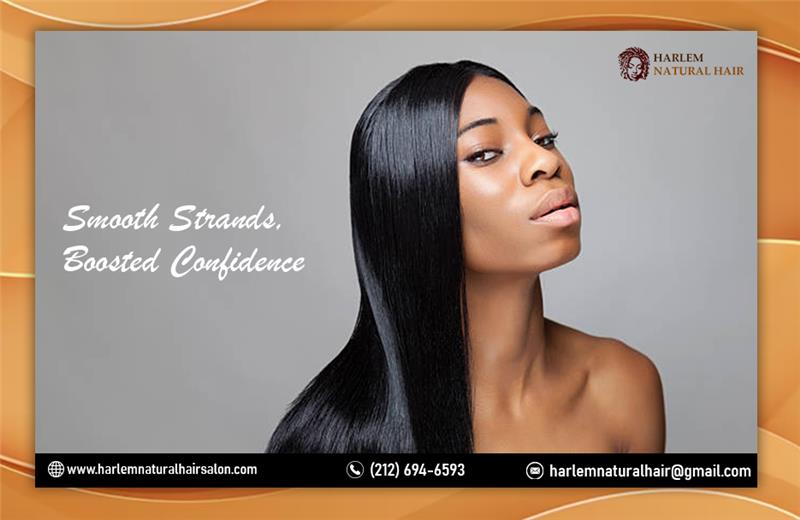The Art and Culture of African Hair Braiding
What is African Hair Braiding?
African hair braiding is way more than just a hairstyle—it’s a legacy. It’s a technique of styling natural hair into intricate and beautiful patterns using various braiding methods. These braids not only serve as a form of self-expression but also as a protective style that helps maintain the health of natural hair. The practice has been passed down through generations, carrying stories, heritage, and identity in each twist and turn.
The Origins and Cultural Roots
Braiding dates back thousands of years to 3500 BC, originating from various tribes across Africa. Different tribes used unique braiding styles to symbolize age, marital status, wealth, and social ranking. These hairstyles were a key part of ceremonies and social interactions—an art form that brought people together and preserved history through hands and hair.
Historical Significance
Hair Braiding in African Tribes
In ancient African tribes, hair braiding was deeply spiritual and symbolic. Braids often indicated the tribe one belonged to, their religion, or their social standing. For example, warriors and kings had specific styles to distinguish them. The process of braiding itself could take hours or even days, serving as a bonding time among women and community members.
Braid Patterns as Identity Markers
The patterns weren’t just for aesthetics—they were a form of non-verbal communication. Some styles indicated that a woman was ready for marriage, while others signified that someone was in mourning. Braids were like wearable resumes, telling the world who you were before you even said a word.
Popular African Hair Braiding Styles
Box Braids
Box braids are a fan favorite. These are individual plaits that are usually divided into square-shaped sections. They can be short, long, thick, or thin, offering tons of versatility. Box braids are perfect for low-maintenance and long-lasting wear.
Cornrows
These tight braids sit flat on the scalp and can be styled into straight lines, zig-zags, or complex curves. Cornrows have been a staple in African culture and are still widely worn due to their sleek, neat appearance.
Senegalese Twists
These twists use synthetic hair to give a rope-like texture. They’re lightweight, elegant, and give off a polished look while still being protective of natural hair.
Fulani Braids
This style features cornrows braided down the center of the head with smaller braids along the sides, often decorated with beads, rings, and cowries. It’s iconic and deeply rooted in Fulani tribe traditions.
Goddess Braids
Think of these as cornrows but thicker and more dramatic. They are styled close to the scalp and often end in large, eye-catching buns or ponytails.
Marley Twists
Named after Bob Marley, these twists use Marley hair, which mimics natural kinky textures. They’re chunky, bold, and super stylish.
Ghana Braids
Also known as “banana cornrows,” these start small and get thicker as they go back. Ghana braids are sleek and great for intricate designs.
Tools and Products for Braiding
Essentials for Braiding
You’ll need:
- A wide-tooth comb for detangling
- A rat-tail comb for parting
- Clips for sectioning
- Synthetic braiding hair (like Kanekalon or Marley hair)
- Edge control or gel
Recommended Hair Products
Moisturizers and Leave-Ins
Natural hair needs moisture—especially under protective styles. Hydrating sprays and leave-in conditioners are your best friends.
Edge Control and Gel
For that sleek finish, use edge control to tame baby hairs and give your braids a crisp look.
Step-by-Step Guide to Doing Box Braids
Prepping the Hair
Always start with clean, detangled, and deep-conditioned hair. This helps prevent breakage and makes braiding easier.
Sectioning and Braiding Technique
Divide the hair into small, even squares. Feed in the synthetic hair as you braid, ensuring even tension. Make sure each braid is consistent in size and tightness—not too tight to avoid damage.
Maintenance Tips
To keep them fresh:
- Sleep with a silk or satin scarf/bonnet
- Oil your scalp every few days
- Avoid water unless you’re washing or refreshing
Benefits of African Hair Braiding
Protective Styling
Braiding protects natural hair from harsh weather, heat styling, and over-manipulation.
Low Maintenance
Once braided, you’re good to go for weeks. Perfect for busy lifestyles.
Versatility in Looks
Want a high bun today and long ponytail tomorrow? Braids give you that flexibility without stressing your natural hair.
Challenges and Considerations
Scalp Health
Neglecting your scalp can lead to itchiness or dandruff. Cleanse and oil regularly.
Tension and Hair Breakage
Too-tight braids can cause traction alopecia. If it hurts, it’s too tight!
Proper Removal Techniques
Always take your time. Rushing can lead to breakage. Use conditioner or oil to help loosen knots.
African Hair Braiding in Pop Culture
Influential Celebrities and Trendsetters
From Beyoncé and Rihanna to Lupita Nyong’o and Alicia Keys, African braiding styles have graced red carpets and music videos worldwide. These stars have helped bring traditional styles to mainstream fashion.
Braiding on the Runway and in Films
Designers now feature braided models in high fashion shows. Films like Black Panther showcased stunning African hairstyles, celebrating heritage and identity.
Economic and Social Impact
Braiding as a Business
Many stylists turn braiding into full-time careers. It’s a billion-dollar industry that thrives in salons, homes, and even mobile services.
Community and Cultural Transmission
Braiding is a tradition passed down through mothers, aunties, and sisters. It keeps culture alive and connects generations.
Modern Trends and Fusion Styles
Braids with Beads, Cuffs, and Color
Accessorizing your braids with beads, cuffs, or adding bold colors like pinks and blues is totally in.
Fusion of Western and African Styles
Styles like braided bobs or half-up half-downs mix traditional techniques with Western fashion. It’s creativity at its finest.
Legal and Workplace Issues
Hair Discrimination
Unfortunately, some workplaces and schools still discriminate against braids, labeling them “unprofessional.”
The CROWN Act
The CROWN Act (Creating a Respectful and Open World for Natural Hair) is a law that bans hair discrimination—protecting people wearing braids, locs, and afros in work or school settings.
Kids and African Hair Braiding
Age-Appropriate Styles
For kids, keep it simple and gentle. Styles like small cornrows or beads at the end are perfect and playful.
Fun and Functional Braids for Children
Braids help keep their hair neat during school or play and reduce the time spent on daily styling.
How to Find a Good Braider
What to Look For in a Professional
Check for experience, portfolio, cleanliness, and reviews. A good braider will care about the health of your hair, not just the look.
Red Flags to Avoid
If a braider rushes, doesn’t part properly, or braids too tight—run! Your scalp deserves better.
Conclusion
African hair braiding is more than just a style—it’s a language, a culture, and a story written in every strand. Whether you wear them for fashion, function, or tradition, braids connect you to a powerful heritage that’s stood the test of time. So the next time you sit in the chair to get braided, remember—you’re not just getting a hairstyle. You’re wearing history, pride, and art.
FAQs
1. How long do African braids last?
Typically, braids can last 4 to 8 weeks depending on the style and how well you maintain them.
2. Can braids help hair grow?
Yes, they can protect hair from damage and reduce manipulation, helping with retention and growth.
3. Is it painful to get braids?
It shouldn’t be! Slight tension is normal, but pain is a sign they’re too tight.
4. How do I sleep with braids?
Use a satin or silk bonnet/scarf to reduce frizz and protect your braids while sleeping.
5. Are braids expensive?
It varies. Prices can range from $50 to over $300 depending on style, length, and location.













